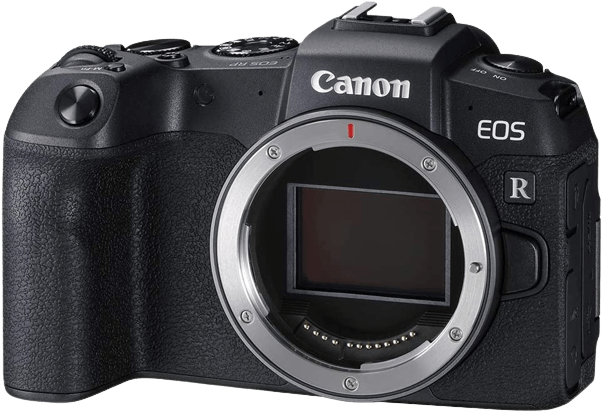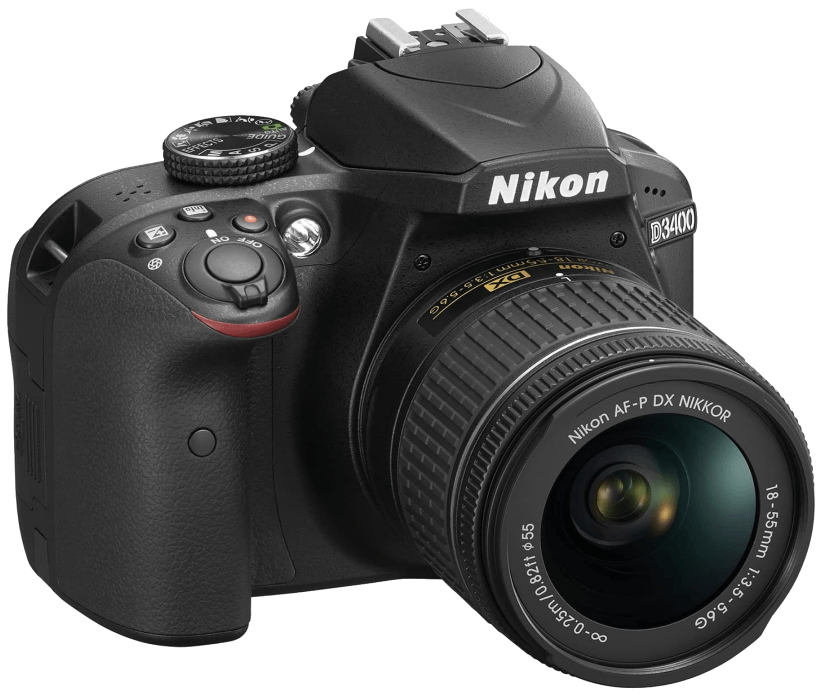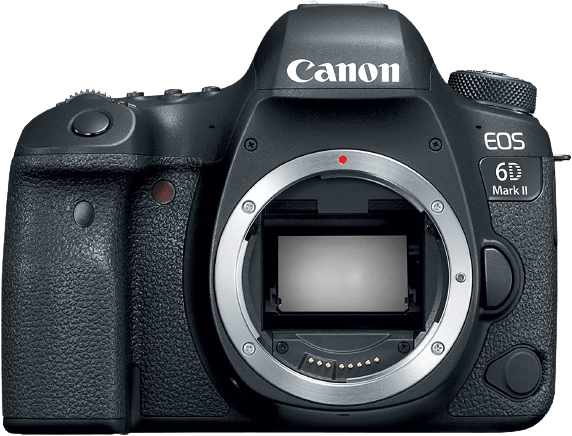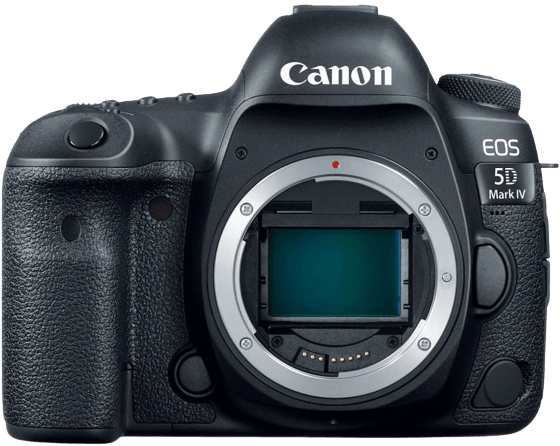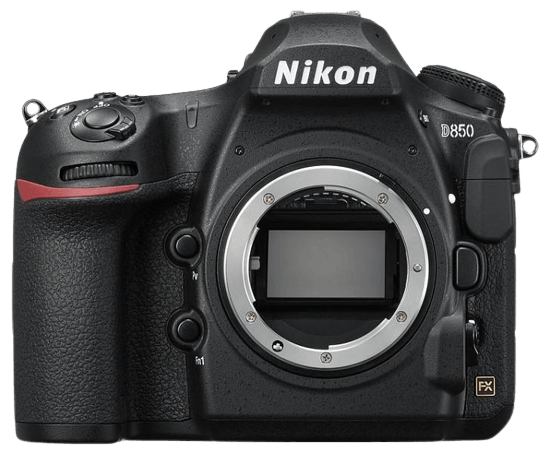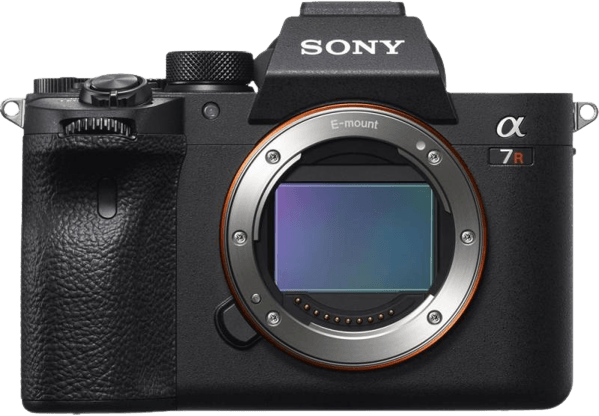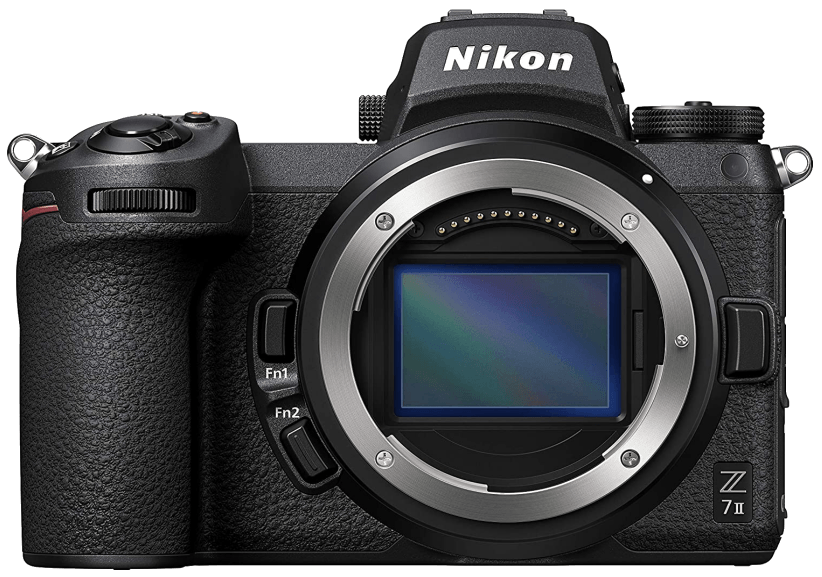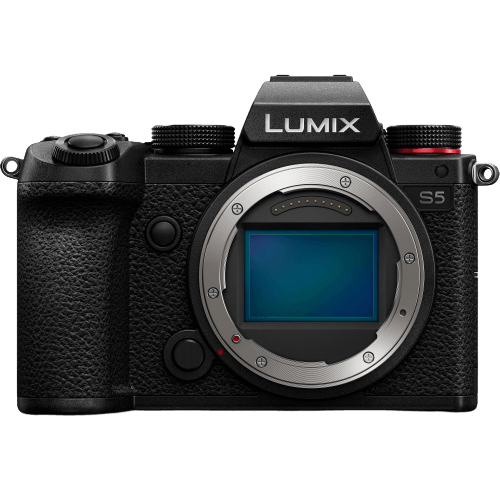As a food and still life photographer, you won’t need a lot of the bells and whistles that modern cameras offer. Having said that, many of our suggestions will also serve well in a whole range of photographic settings. After all, not many of us have the luxury of specializing in just one type of photography. Our top pick for your food photography is the Canon EOS RP. It combines a light, compact body with outstanding autofocus: [Note: ExpertPhotography is supported by readers. Product links on ExpertPhotography are referral links. If you use one of these and buy something, we make a little bit of money. Need more info? See how it all works here.]
What Is the Best Camera for Food Photography?
Before we look at our choices in detail, here is a summary of our picks. Now, starting with our top pick, let’s look at the cameras we recommend. The Canon EOS RP has a couple of useful features for food photography. First of all, it works well in low light, sustaining detail easily into ISO 12,800. This is great if you have to use available light, as required for many photographic agencies. Secondly, focus bracketing takes a series of photographs with different focus points. You can then use Canon’s software to process these into a single photo with an otherwise impossible depth of field. This is the lightest full frame camera that Canon makes, and this is also useful. Overhead food photos often require using your camera on a tripod extension arm. In these circumstances, lighter is better. Added to this is the fact that this is a well-specced camera for general-purpose photography as well. The electronic viewfinder is superb, and the AF covers the whole sensor. And you have a wealth of lenses to choose from. A great choice of camera. This is another small, lightweight camera. In this case, though, that is partly because the sensor is only APS-C. But this is a DSLR, so its compactness is quite an achievement. The Nikon D3400 is a great entry-level DSLR. It has 11 focus points and a 24 MP sensor. Autofocus is quick, although that’s not such a factor with food photography. But the camera delivers excellent images and copes well with difficult lighting setups. This is all very handy when on location. Like the Canon, this camera opens the door to a world of amazing lenses. And the D3400 is compatible with every AF F-mount lens ever made that doesn’t have an aperture ring. That’s an awful lot of lenses. This is your entry into the full frame market. It’s the most inexpensive DSLR full frame camera that Canon manufactures. That’s why it’s a very popular camera for food photography. It has a 45-point autofocus system, a 26.2 MP sensor, and goes up to 40,000 ISO (50-102,800 expanded). One of the biggest selling points of the 6D Mark II is its ability to shoot in low light. The system is sensitive down to -3EV. It also benefits from Canon’s Dual Pixel CMOS AF, which means that there are phase detection pixels built into the image sensor. This results in more accurate autofocus even in low-light conditions. This can be extremely useful if you shoot food photos in natural light. The Canon EOS 5D lineup has been a popular choice for food photographers for a long time. It’s a fantastic all-around camera to have and a real workhorse. In fact, this camera is one of the most used and best cameras in the digital age. I’ve worked with these cameras ever since I decided to go pro and I have never regretted it. The Mark IV is the latest of the 5D EOS cameras. It offers a 61-point AF system with 41 cross-type sensors, and up to 32,000 IS0 (expandable to 50-102,400). It is also the first Canon full frame camera that can focus in Live View while capturing photos. If you’re looking for versatility, this is the best camera out there. This one can take your food photography to the next level. The Nikon D850 is one of Nikon’s most advanced cameras. It has a vibration-free shutter option that is ideally suited to food photography. It eliminates the need for a remote release. The huge sensor and sophisticated white balance options are also a benefit. Tricky lighting is sometimes common and always unfortunate in food photography. The Nikon has settings to cope with all sorts of flickering artificial light. Another bonus. As a solid pro workhorse, the D850 also offers the sort of specs and performance a jobbing pro would expect. Some of these are up to 9 fps continuous shooting when used with the optional battery grip, two card slots, and excellent dynamic range and ISO performance. The a7R IV full frame mirrorless camera from Sony offers astonishing specifications. It has a 60 MP sensor, with full frame autofocus. And if that’s not enough detail for your billboard-sized food pics, it has a Pixel Shift mode for tripod shooting. This bumps the pixel count up to 241 MP. It is superbly equipped for connectivity as well, with up to 5 GHz Wi-Fi, Bluetooth, NFC, and FTP for file transfer. Two card slots boost its pro credentials as does the optional battery grip. An impressive camera all around, its excellent high ISO performance is another great feature for food photography. The Panasonic Lumix S5 is ideal for photographing food. It’s lightweight and robust. And it’s one of the best low-light cameras on the market. The 24.2 MP image resolution is perfectly respectable. But the Lumix S5 has a killer spec combination. It has a solid ISO range, advanced autofocus, and reliable image stabilization. The top ISO setting is 51,200. And noise becomes a problem as you near the limit. But you can still capture usable images throughout the ISO range. You also get V-Gamut mode for a 14-plus stop dynamic range. The autofocus system has head, face, and eye detection, making your life a lot easier. And the 5-axis in-body stabilization system is second to none in this price range. It gives you an extra 6.5 stops to play with, allowing slower shutter speeds. This is perfect for low-light shooting. The Lumix S5 also has great video capture and burst mode. So if you’re a videographer or vlogger lacking light, it’s one of the best cameras for low-light shooting.
What to Consider When Shopping for a Camera for Food Photography
Size of the Sensor
The first thing to think about when you’re on the hunt for a new camera is the size of the sensor. Will you buy a camera with a cropped sensor, or will you invest in a full frame? Your budget might be the biggest factor in determining your choice. Another factor might be if you’re shooting for a professional agency. Many will not consider anything less than full frame. So it’s best to do your research. A cropped sensor is cheaper for the manufacturer to make. This makes good digital cameras available to a wide variety of consumers at every price point. These are often referred to as “prosumer” cameras. You can take great pictures with a cropped sensor device. The issue is that your camera and lenses will behave differently with a cropped sensor than with a full frame. A full frame device matches the 35mm cropped standard of a traditional film camera. It has a sensor size of 24 x 36mm. A cropped sensor is smaller than this. It doesn’t match most lenses and the final images look different. Every camera has a crop factor. This is a number used to describe how much the device is cropping your image in relation to the standard 35mm. Most full frame cameras tend to have a crop factor of 1. Others, like the Canon 1Dx, come with a 1.3 format factor. For example, I started out shooting food photos with an APS-C Canon EOS camera, which has a crop factor of 1.6. This means that you multiply 1.6x times the equivalent focal length of your lens to get the actual focal length that it will look like your pictures were taken at. So on a Canon Rebel, a 50mm lens behaves more like an 80mm. This is a lens that works wonderfully to shoot food on a full frame camera. No wonder so many food bloggers recommend the 50mm as a great all-around food photography lens! This isn’t necessarily true, especially if you have a full frame camera.
File Size
These days, most digital cameras have large file sizes. But the file size is something to be aware of if you ever want to print your images. If you’re a food blogger, you often shoot images for the web only. But what if you want to write a cookbook one day, or license your food photos through stock agencies? You’ll need to make sure that your camera can accommodate large file sizes. This usually means at least 3000 pixels on the short side. Also, be sure that the camera you choose is capable of shooting RAW files. Some photographers start shooting JPEG files. Then they move on to shooting RAW when they feel they have developed their skills. But I urge everyone to start shooting RAW and learning to edit as soon as possible. RAW files are basically a digital negative. They can withstand endless editing without data loss, unlike a JPEG file. The quality of a JPEG file is downgraded with every edit. They also pack thousands of times more information and color luminance. This gives you an endless amount of freedom in how you approach your post-processing. Unless food photography is strictly a hobby for you, I would make sure that the camera you choose can shoot RAW files.
ISO Level
When you shoot food photography, you should be working on a tripod most of the time. But there will be cases where you will need to handhold your camera. Like when shooting food photography in a restaurant or on location at a vineyard or a farm. This is when your ISO becomes very important. You will need a camera that can handle a relatively high level of noise. Despite advances in camera technology, using a high ISO absolutely does degrade image quality. If you’re shooting in the scenarios mentioned above, be sure to test how far you can push your ISO before the shoot. Post-processing programs like Lightroom can reduce noise in an image. But they cannot completely rescue an image of poor quality.
Number of Focus Points
This is one of the biggest factors that has influenced my decision about which camera to get when making new purchases for food photography. Some photographers focus using manual mode. I have less-than-perfect vision, so I need to rely on automatic focusing. Plus, it’s very easy to miss focus completely even if you’re off just a tad while engaging manual focus. Let’s say that you have a camera with only nine focus points. The odds are that there will be many times that you can’t get the focus point where you need it. This can be very frustrating.
Conclusion
If you want to photograph food professionally, go for a full frame camera if you have the budget. Buy a used one from a reputable dealer if you can’t afford to buy a new device. If you’re shooting in-studio, you will need to have two cameras with you in case one of them malfunctions. This is a very real possibility, one that I’ve seen in the past as a photographic assistant. There is nothing worse than having your camera stop working while a whole team of people depends on you to get the job done. Are you new to food photography and shooting for your blog or website? Then you might want to start with a budget-friendly cropped-sensor camera. You can upgrade to full frame as your skills improve, and you make decisions about the direction you want to take your photography in. For a fantastic camera that ticks all the boxes, the Canon EOS RP is our top pick.
